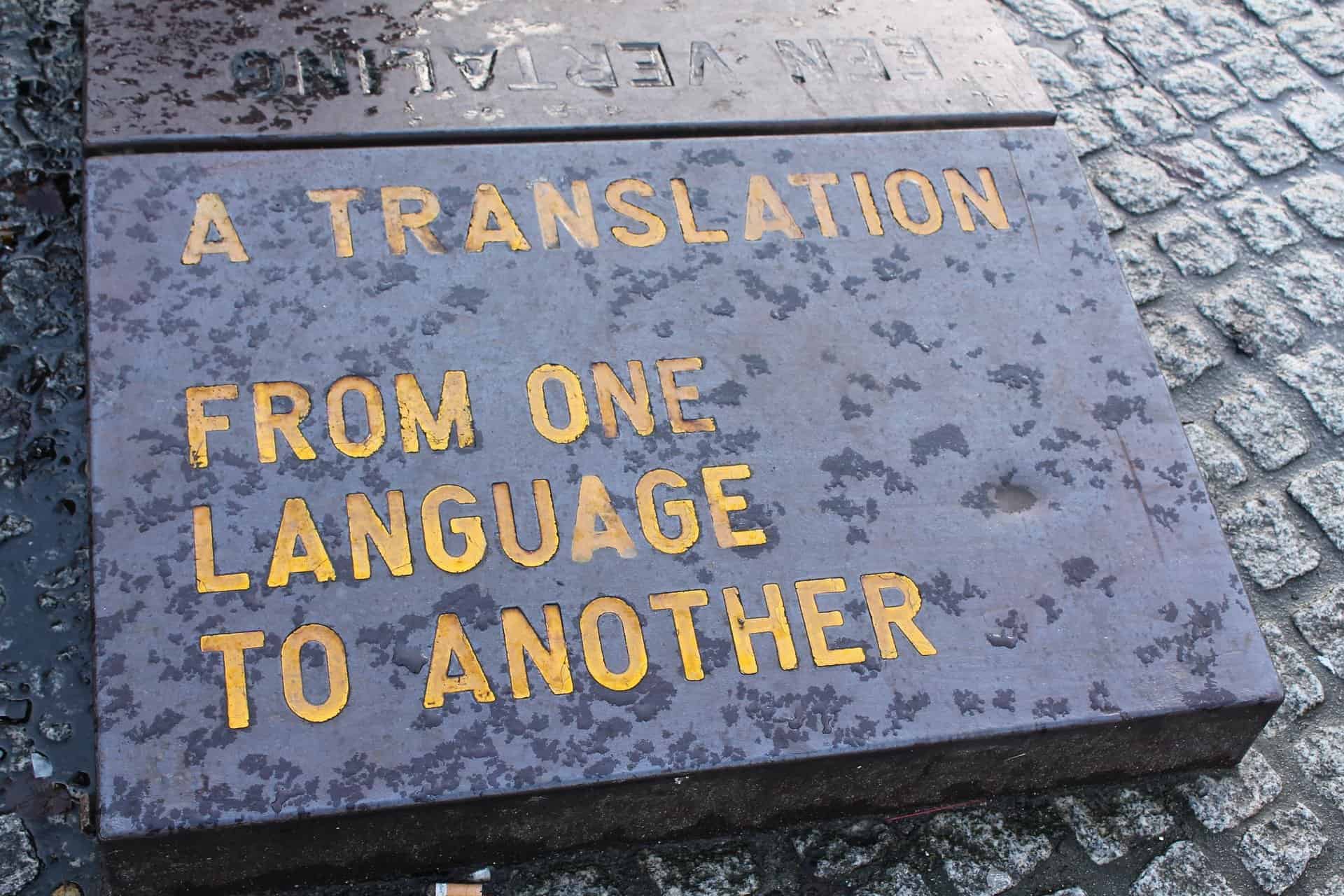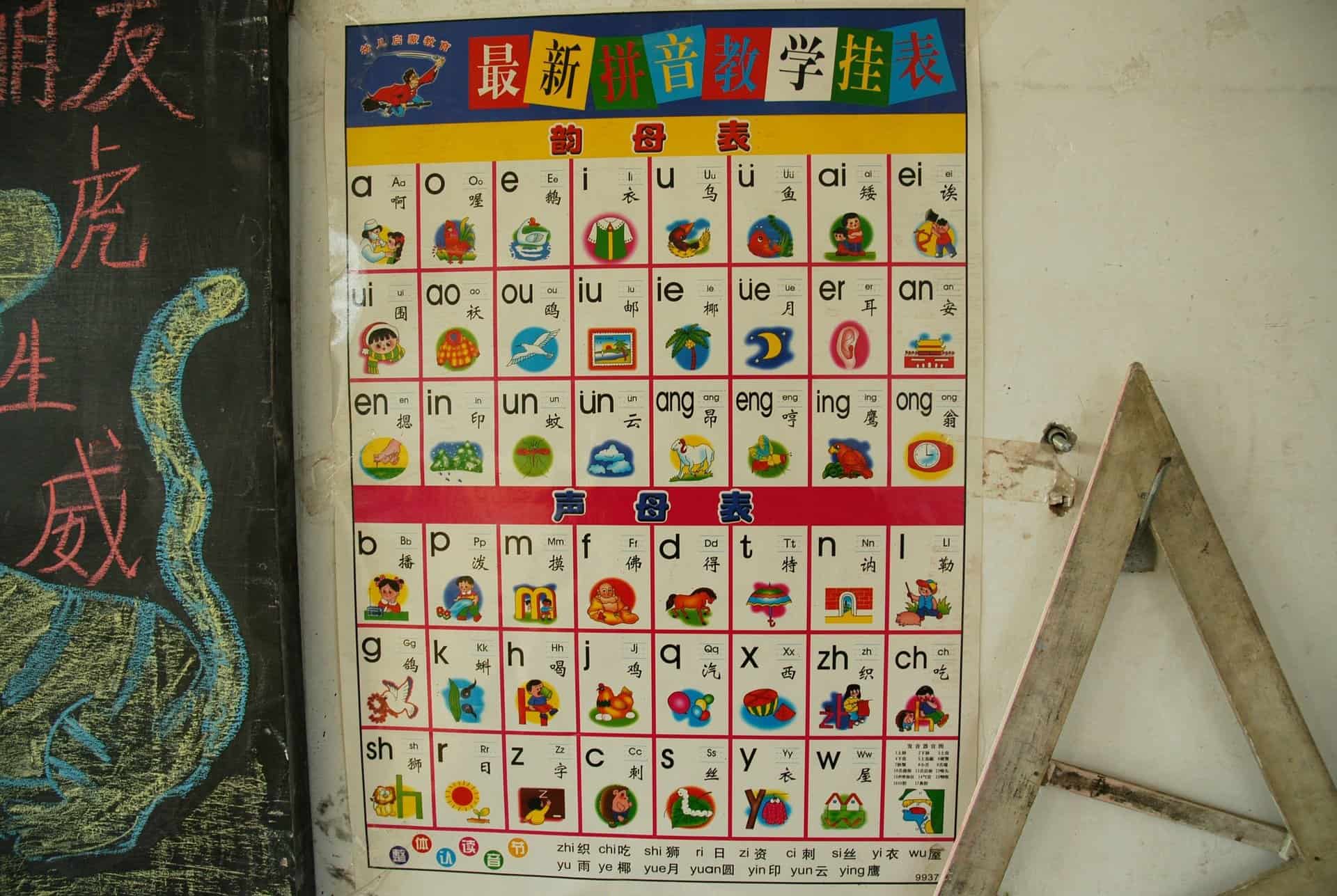As more and more people around the world own smartphones and have greater access to the internet, the profile of the global Internet user becomes more diverse every single day.
However, are language options enough? Yes, website translation is a comprehensive process on its own, but it’s a somewhat incomplete one. This is where website localization completes the whole picture in providing the best web user experience for your international audience.
Translation & Localization: The Inseparable Tag-Team
To create brilliantly localized content requires both translation and localization. Website translation is pretty straightforward. While translation is focused on language, localization is more about optimizing context. However, website localization is the process of optimizing your website and adapting it to your target audience’s particular characteristics.
Generally speaking, these characteristics include language, cultural, social, aesthetics, and others. More of these will be discussed further down below. In short, website localization is about tailoring a specific version of your website so that it resonates will among your target audience.
Your foreign audience won’t have much use for your website if it’s not translated into their local language. They also won’t be very interested if it doesn’t incorporate other factors that matter to them.

A simple example of localized websites is the different regional websites of e-commerce giants such as Amazon, eBay, Alibaba, and etc. They all have localized versions of their website specific to the regional market. They display the national currency, relevant products, and the available local sellers, particular to their regional market.
By localizing your website, you have the chance to gain more traffic by making your website accessible to a wider multilingual international audience. In addition, you can also improve your website’s SEO ranking and improve its standing among the rest of your competitor’s website. But, this will only come close to happening if your website localization strategy was done properly without cutting corners.
Why You Should Hire a Professional Translation Agency
Since we’re talking about carefully translating and optimizing content, you can’t get that type of quality with Google Translate.
Translating web content is more complex than just translating short phrases. Free online translation tools and even sophisticated machine learning translation software is still not contextually accurate as human translators.
Ultimately, you’ll need to request professional translation services from a professional translation agency. But, since it was mentioned earlier than translation and localization go hand-in-hand, translation agencies indeed also provide localization services.
Instead of finding a separate localization company, you can find the ideal translation agency that services both your translation and localization needs. This is surely more convenient for you as a client since you don’t have to worry about back-and-forth communication between two different companies, and including clashes in creative direction if there were to be any.
Effective Website Localization Strategies
This isn’t a complete list of what you can do, and there are more innovative website localization strategies out there and in the future. Rather, this is a general but effective list of website localization options you can adopt.
Deploying Multilingual Multisites
Multisites is a WordPress feature that allows you to create multiple sites operating on a single WordPress installation. Instead of creating multiple accounts, you can use a single account to manage all of your different websites and brings great convenience for the website owner.
The way you can use multisite in website localization is that you can create different translated and localized versions of your parent website.
Helpful Resource: The Ultimate Guide to WordPress Multisite.
You can deploy the most optimal versions of your website to a particular set of audiences with the comfort of managing all of them from a single platform.
Incorporating Cultural & Social References
This is where the art and science of localization come into play. A key to a proper localization strategy is doing comprehensive research on your target audience. You should look specifically, in relation to your web content, things that they react positively to.
These include cultural, social, pop, and traditional references that you can incorporate in your website’s content. By doing so, you will allow your website to resonate very well with your target audience and boost your website’s incoming traffic.

However, you should also pay attention to what your target market does not want to see, hear, and be reminded of particularly. We’re talking about cultural, political, social, and even religious taboos that you should not be meddling with. It’s best to avoid this faux pas as it can greatly hurt and diminish your website’s reputation.
Tailored Aesthetics For Each Multisite
Your website’s color scheme is intrinsically linked to your brand. However, be prepared to make some compromises along the way when localizing your website. In other words, be ready to accept that some cultures won’t perceive your website’s color scheme the way you wanted it to be.

Many cultures and societies perceive colors differently. For example, some cultures, associate yellow with happiness and wealth, while others associate it as the total opposite. Although you might not agree with your target market’s beliefs, it is a compromise you might have to make.
Compensating For Different Writing Scripts
As you know, not many languages use the same writing script. Yes, there are slight variations in the application of the Latin alphabet between related language families, but there are some languages such as the Russian, Middle Eastern, and Asian languages that have their own unique writing system.
This is especially important when you’re translating English to another language that uses a different writing script. You might encounter situations where your translated word layout is entirely different since the translated language either condensed or expanded your texts. Translation inherently involves compensating for different word ratios.
A simple example is Chinese characters. The Chinese script typically only needs one character to convey meaning, while English words need more than just one character. If the spacing of your content’s layout is character sensitive, then you should make the necessary adjustments.

This brings up another issue, which is font size. Some writing scripts look the best under particular sizes. For example, if your English content is just about readable with a small font, then Chinese characters have to be bigger. This because Chinese characters have intricate and subtle strokes that make it hard to differentiate between characters if it’s too small.
One last issue with writing scripts that you have to remember is that some writing scripts, particularly Arabic and Hebrew, are read from right to left instead of left to right. You will then have to come up with the optimal right-to-left layout for that specific multisite version.
Don’t Rush. Website Localization Takes Time: Final Takeaway
Try not to put all your eggs in one basket by starting out with different languages in the beginning but giving each a small budget. Website development is expensive and time-consuming enough. You don’t want to complicate things by doing everything all at once.
Instead, find one language that makes the most economical and logical sense to you. After getting a good foothold in one localized website, you can then start expanding to other regional languages and create more localized websites.